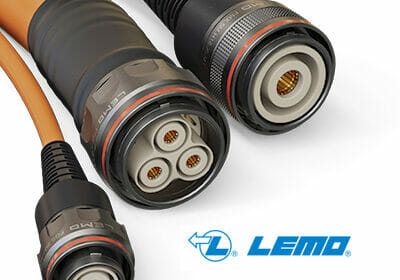MQTT is gaining popularity for connecting plant (OT) data to corporate IT departments or the cloud. And although it fits well in some applications, it could be better, especially for large, complex projects.
Put simply, making MQTT smarter can make it more suitable for OT/IT or Industrial IoT connectivity.
MQTT was developed for low resource use and quick implementation. It does well connecting field devices to a central broker and providing access to the device data. But to connect entire plant systems to IT and the cloud, MQTT can struggle. Often a variety of devices in larger systems need to communicate with each other over MQTT using different data formats. Additionally, the simple, direct security model of device-to-client is insufficient when networks need to be isolated using DMZs.
To meet these challenges MQTT must get smarter. As a transport protocol, MQTT specifies that messages are simply carried—not read—like a letter in the post. But what if we gave an MQTT broker the ability to interpret the messages it carries? It would be able to handle messages more intelligently, changing protocols and message formats to accommodate different client requirements, or even modify the messages to add useful information.

With those capabilities, an MQTT broker could aggregate messages in different formats into a single, uniform stream. It could also queue incoming data intelligently, handling overload conditions in a way that guarantees consistency. It could act as a gateway to other standard protocols, convert among custom data representations and augment the data with connection quality information on each value update.
You can read more about these possibilities and others in a white paper: For MQTT Smarter is Better. Anyone implementing MQTT for OT/IT or IoT should understand the advantages of a smart MQTT broker.








